2017 Honda CR-V Preview

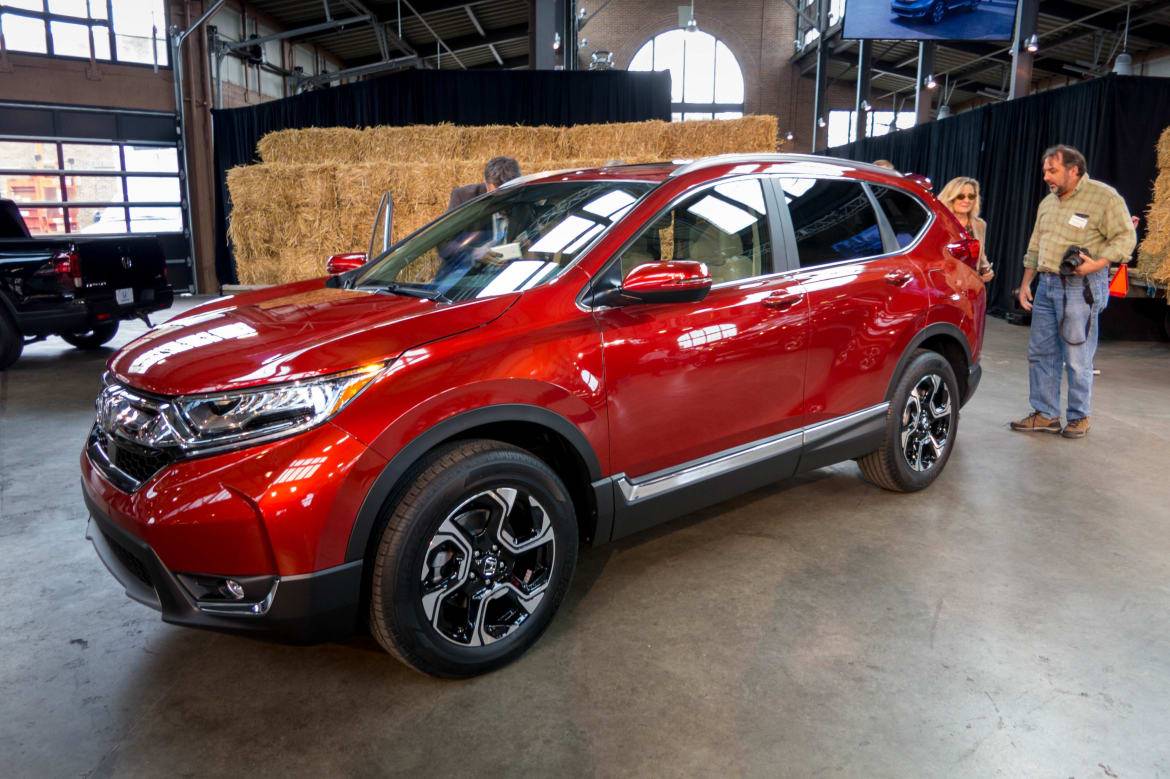
Competes with: Toyota RAV4, Ford Escape, Nissan Rogue, Hyundai Tucson
Looks like: A more muscular take on the CR-V
Drivetrains: 184-horsepower, 2.4-liter four-cylinder or 190-hp, turbocharged 1.5-liter four-cylinder; continuously variable automatic transmission; front- or all-wheel drive
Hits dealerships: Winter 2016
CARS.COM — The most popular small crossover utility vehicle in the U.S. is getting its biggest makeover in years. The new, fifth-generation 2017 Honda CR-V is a more spacious, more powerful and more advanced vehicle than the one it replaces, as Honda tries to fend off competitors in what is still the hottest segment in the industry.
Related: What’s the Best Compact SUV of 2016?
Exterior
Its styling has evolved from the pointy, shovel-nosed look of the current CR-V to a more upright, flat-front nose that almost has a Ford-like look to it in person. It’s certainly a departure from the current Honda design seen on the Pilot SUV and Ridgeline pickup truck; it’s a more masculine, muscular look from front to back that is decidedly attractive.
Increased use of chrome strips on the lower body sides add to the lengthened look, but the overall size remains similar to the outgoing model — with the exception of an almost 2-inch stretch to the wheelbase for more interior backseat legroom. Uplevel trims wear LED headlights and taillights, and blend with the new styling to give the CR-V a more upscale look.

Interior
Drop into the rather small front seats and you’re greeted with a completely redesigned instrument panel that also makes use of nice materials. Woodgrain on the top trims is fake, and looks and feels like it, but everything else is impressively modern. Most prominent is a new 7-inch Display Audio multimedia panel in the dash that sits upon the console like a personal tablet, a style increasingly common in today’s automotive landscape. That new system has a revised optional satellite-based navigation system that has been developed in conjunction with Garmin.
Best of all about the new Display Audio system: It has a knob for the volume! No more reviled touch-sensitive slider that has confounded our judges in every test in which a Honda has recently participated! It’s fantastic news and should make the Honda system much more user-friendly. But if you find the Honda system still isn’t to your liking, Apple CarPlay and Android Auto are also now available.
The rest of the interior is equally user-friendly, especially when one ventures behind the front seats. The second row has 2 additional inches of legroom to become the class leader and it now feels genuinely spacious. I had no trouble comfortably sitting behind myself, with the front seat adjusted to where I would sit. Headroom is plentiful, even with the moonroof included on the Touring model I sat in. The backseat now folds completely flat, giving the CR-V a completely flat cargo floor. Honda continues to offer a host of optional features, such as remote engine start, dual-zone climate controls, heated side mirrors, rear USB charging ports (for a possible total of four) and heated rear seats.

Under the Hood
Powering the new CR-V are two available engines. The base LX trim uses a 2.4-liter four-cylinder engine making 184 hp, connected to the front wheels by a CVT. The EX, EX-L and Touring models instead use a turbocharged 1.5-liter four-cylinder engine that makes 190 hp; it’s also mated to the CVT. All-wheel drive is available across all trim levels and powertrains. While it may not look like there’s much difference between these two engines’ output, Honda promises that the turbo will drive very differently, thanks to a different torque curve – the 2.4-liter engine makes its peak 180 pounds-feet of torque at 3,900 rpm, while the turbo 1.5-liter makes its 179 pounds-feet at a much lower 2,000 rpm.
In addition to the new powertrains, new wheel options will be available, with 17- or 18-inch wheels as standard depending on trim level. Fuel economy ratings were not yet available and Honda had no comment on what improvements may be coming on that front.
Safety
The big news for safety is the expansion of the Honda Sensing system that debuted on the 2015 CR-V. The suite of systems includes collision mitigation braking (autonomous forward braking) with forward collision warning, pedestrian sensing, lane departure warning with road departure mitigation, adaptive cruise control with low-speed following, and lane keep assist. It’s standard on EX trims and up, which Honda says should cover nearly 75 percent of all CR-Vs sold. In addition, blind spot warning, rear cross-traffic monitor and automatic high beams will be available.
The 2017 CR-V will go on sale sometime this winter, with an exact date still to be determined.
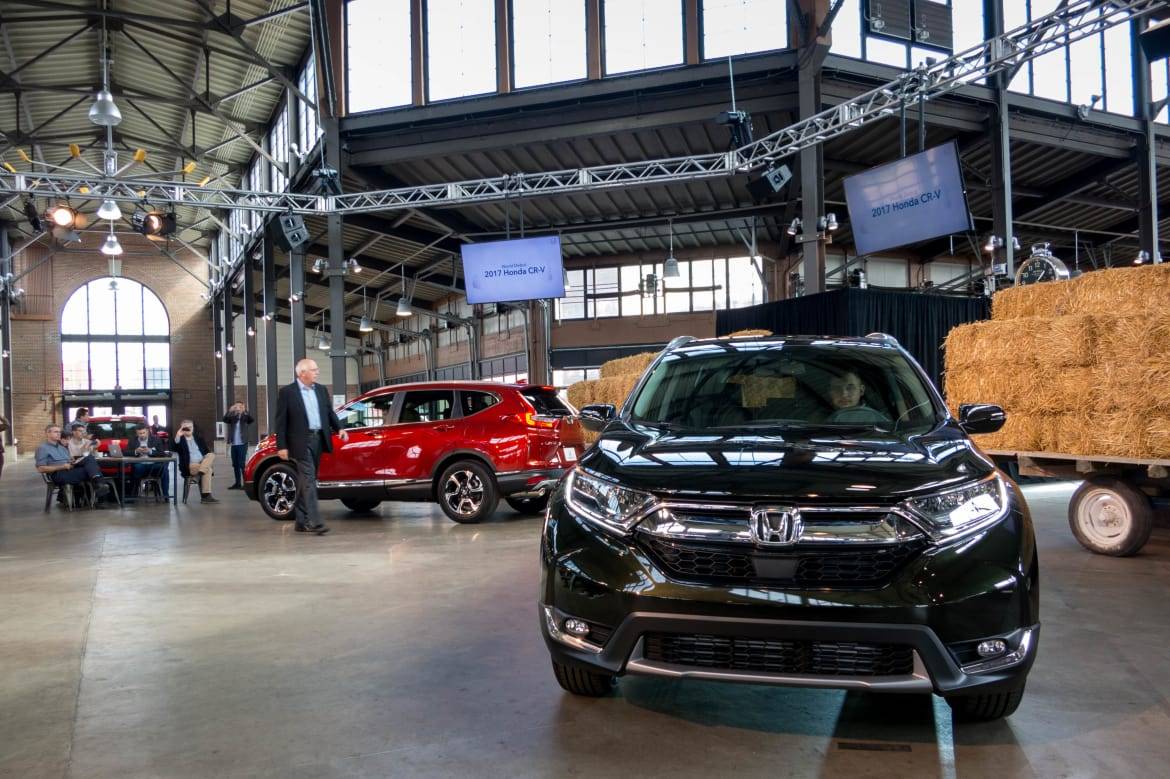
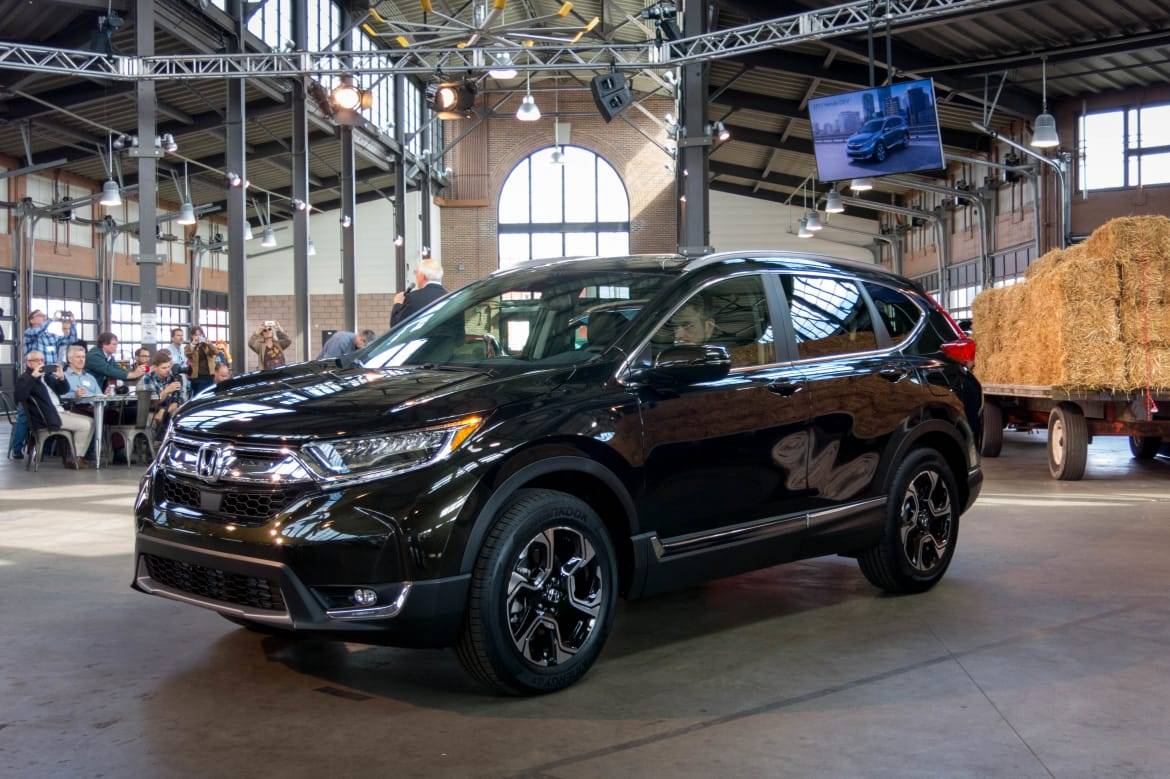

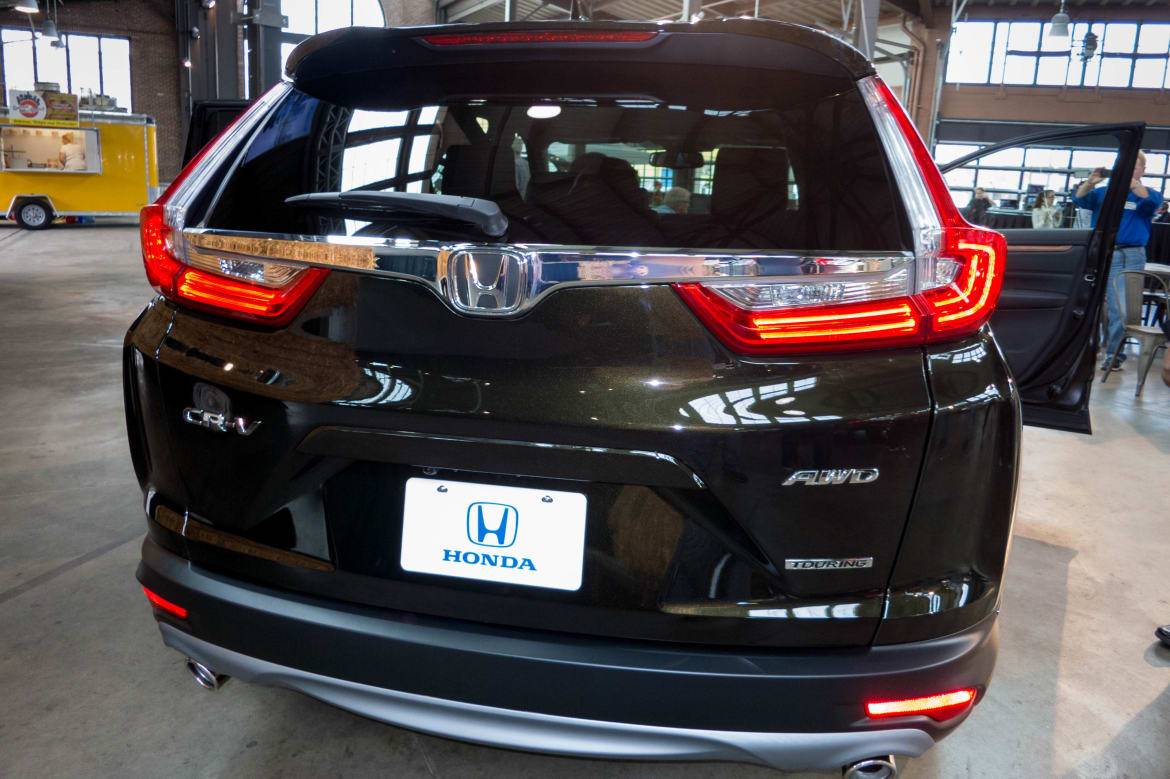
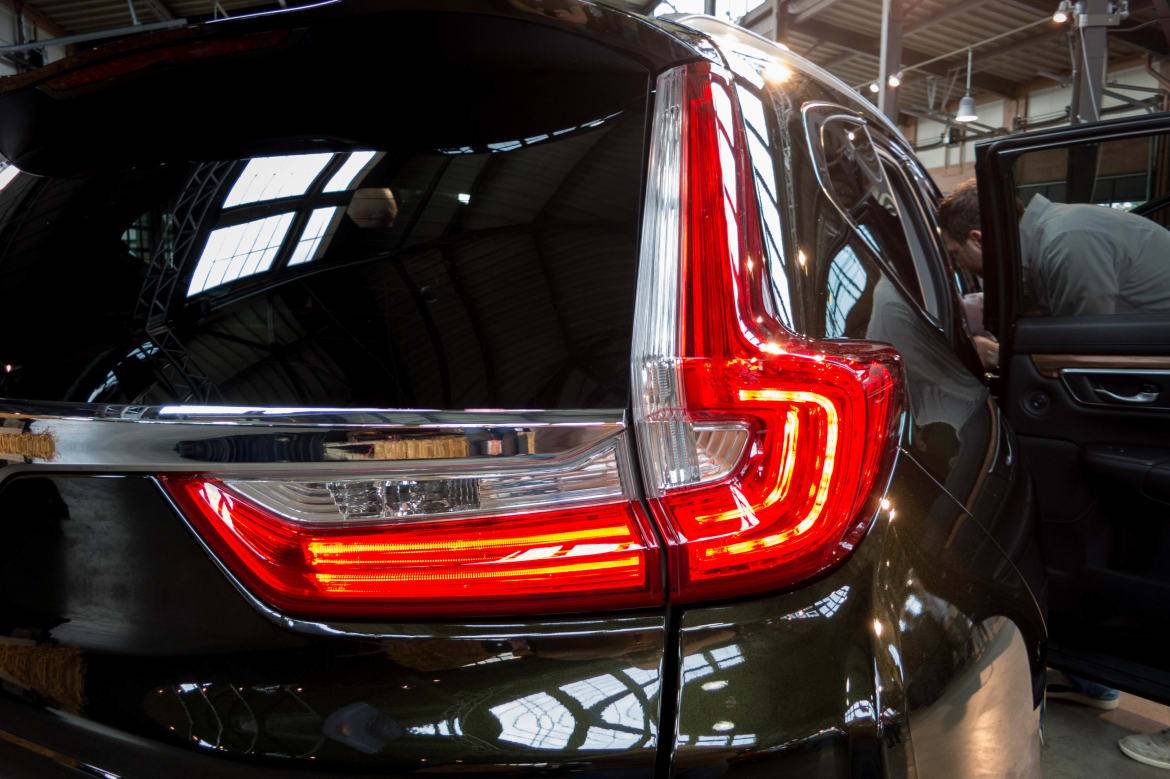

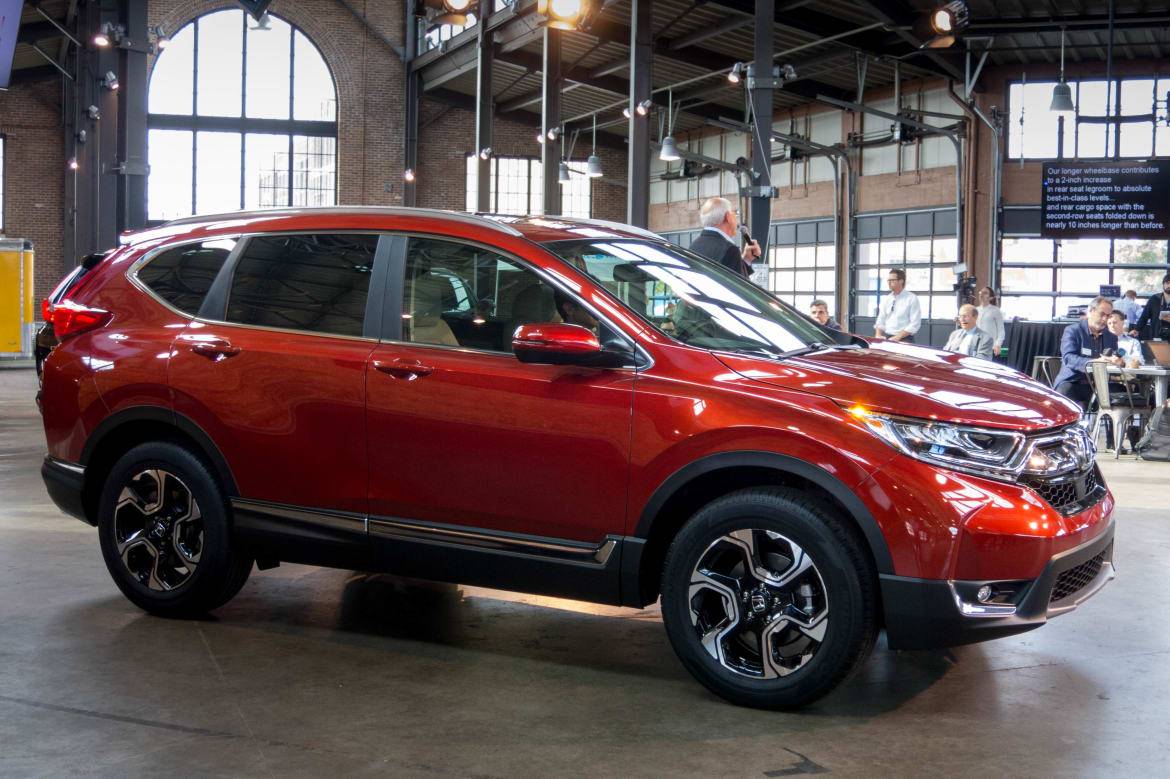
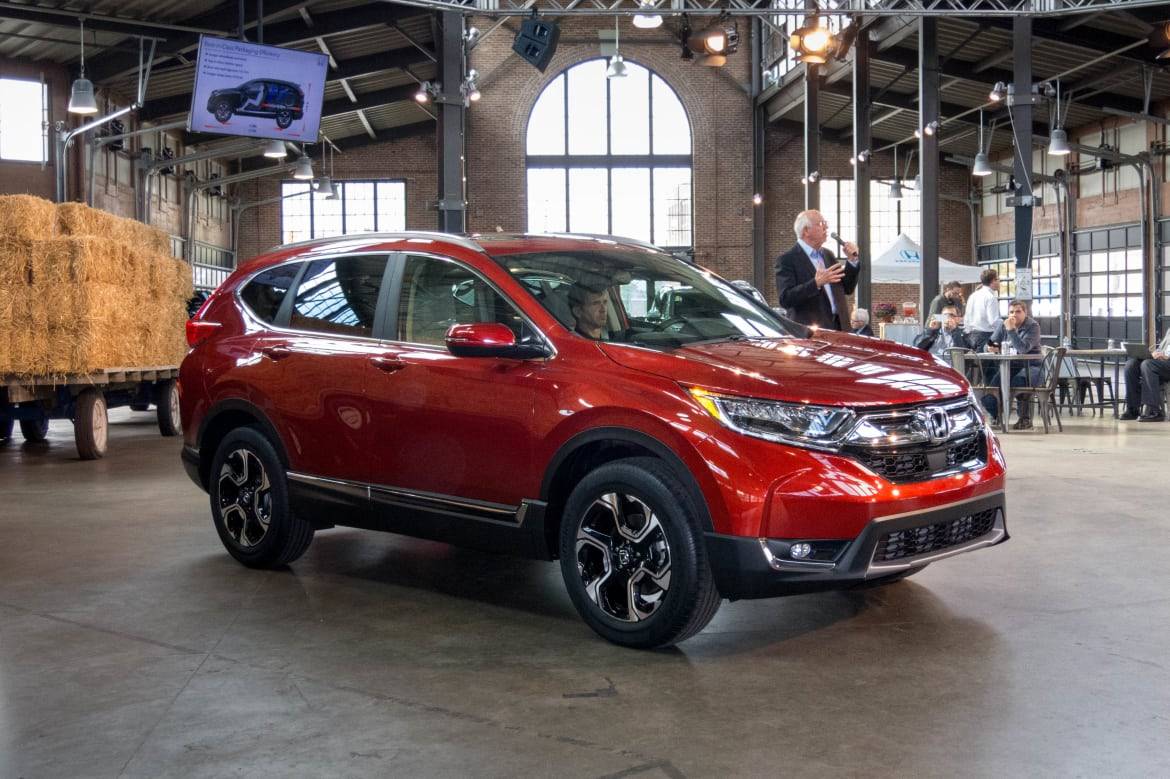
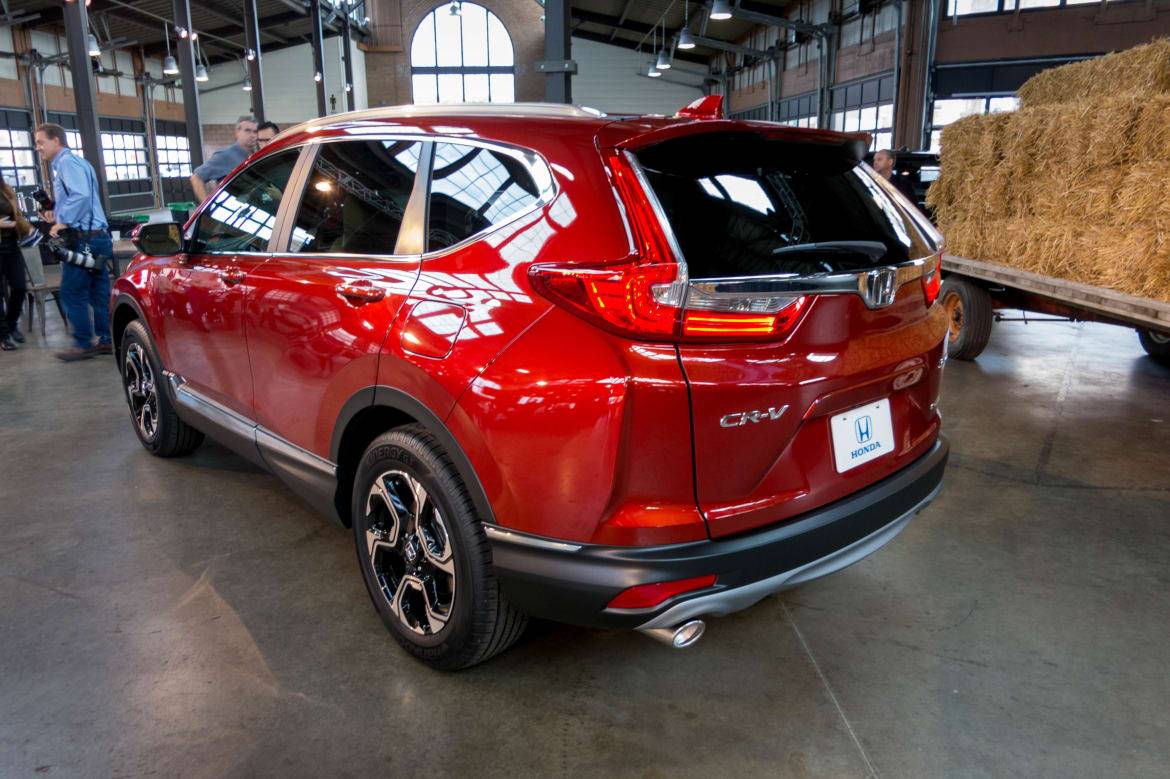
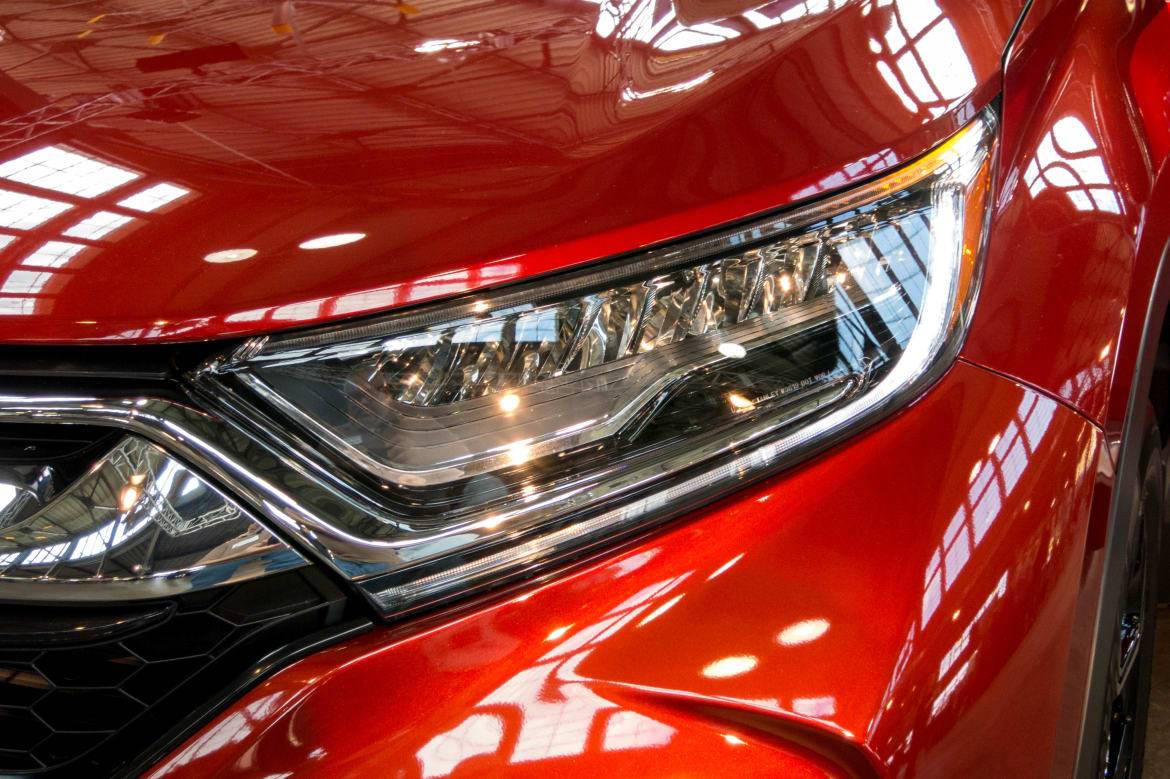
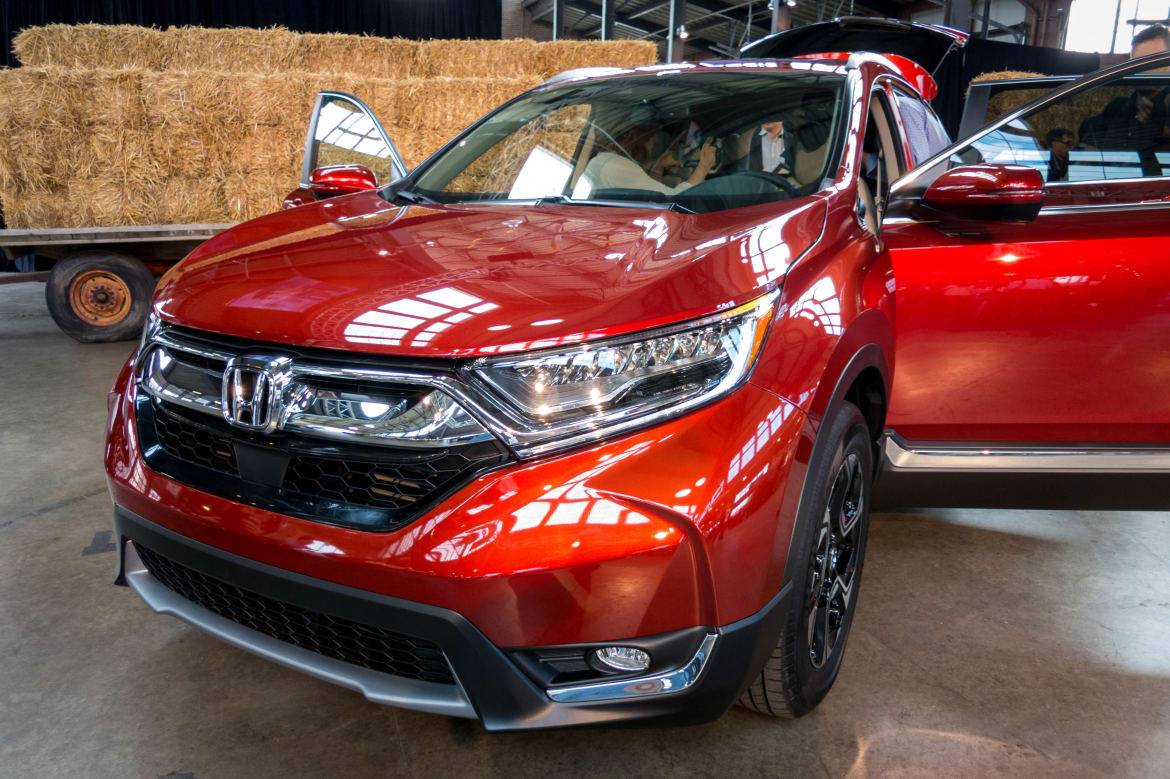
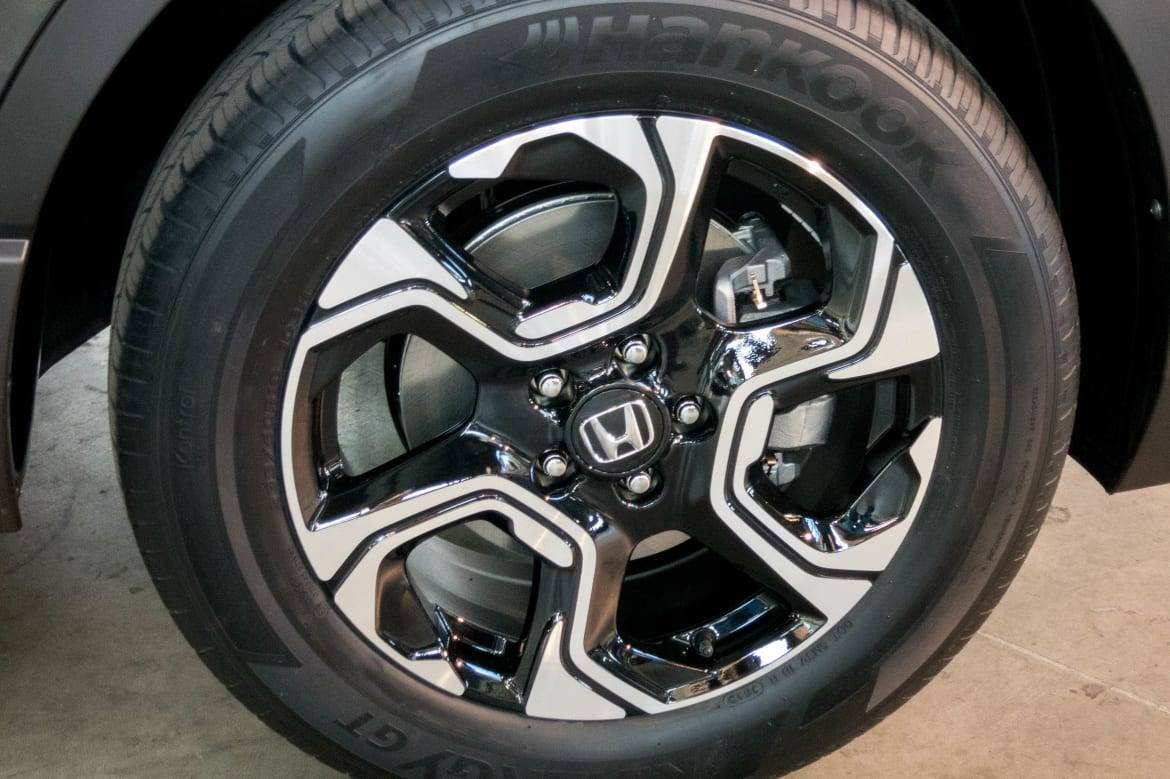

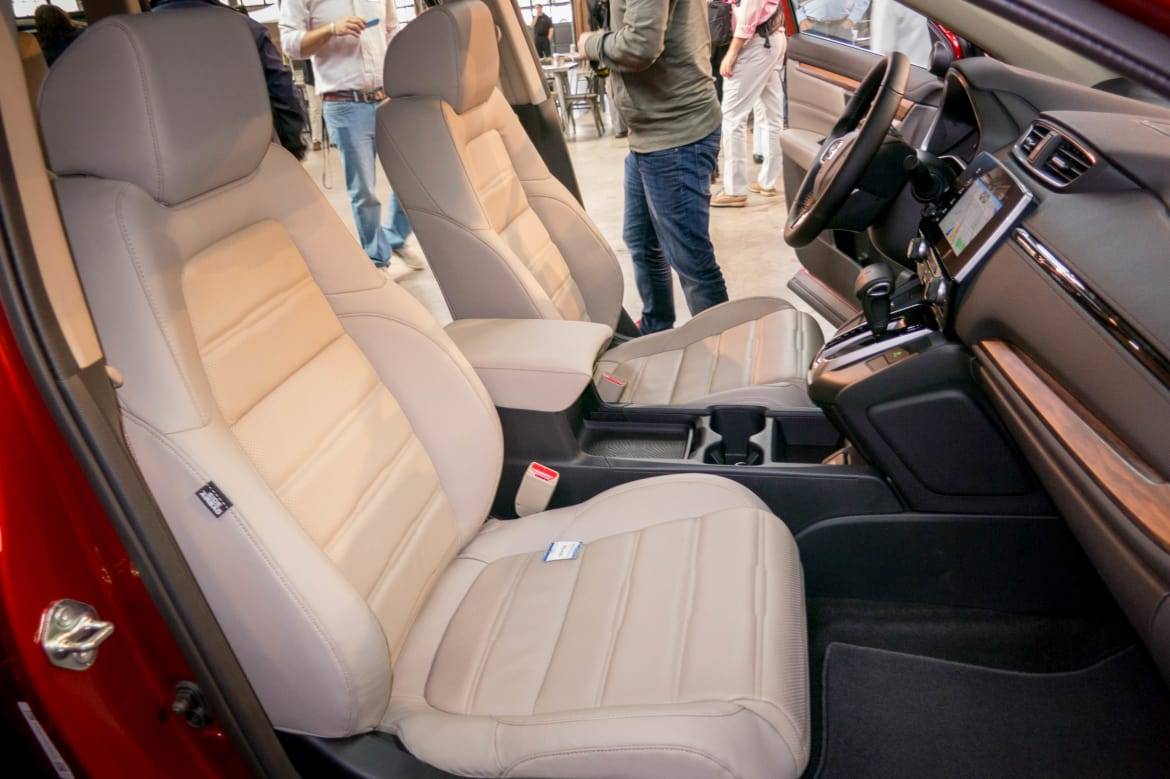
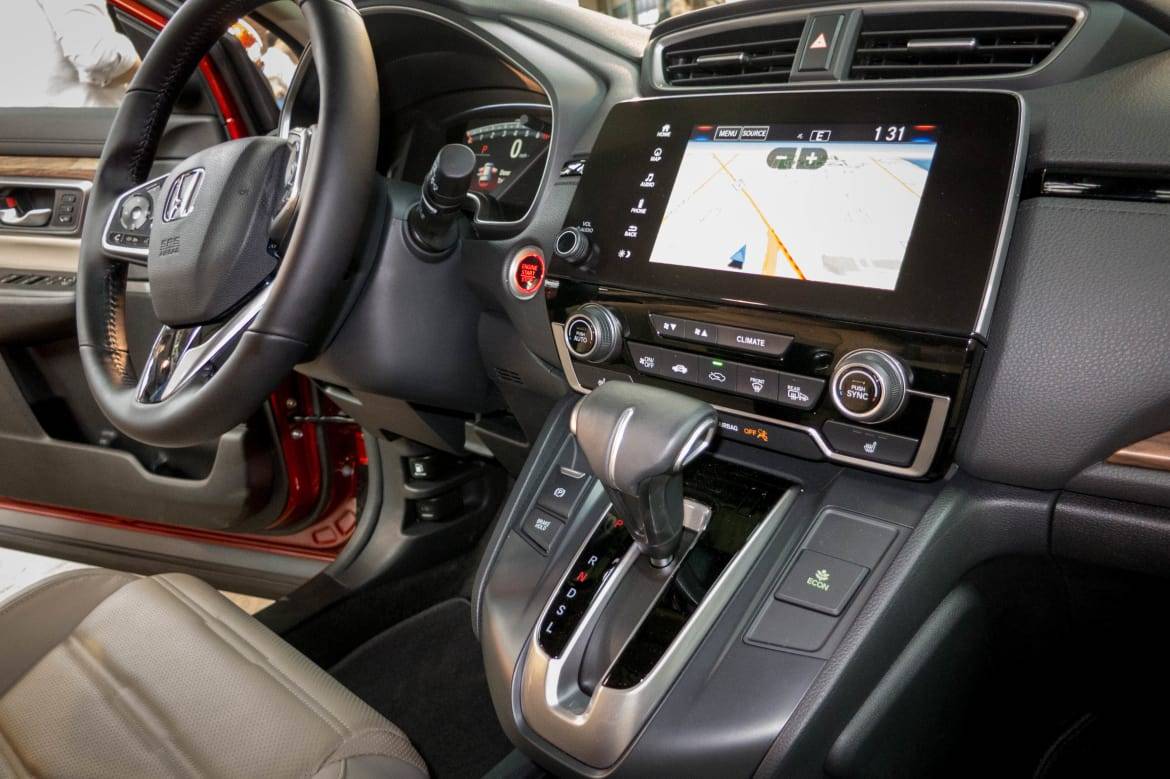
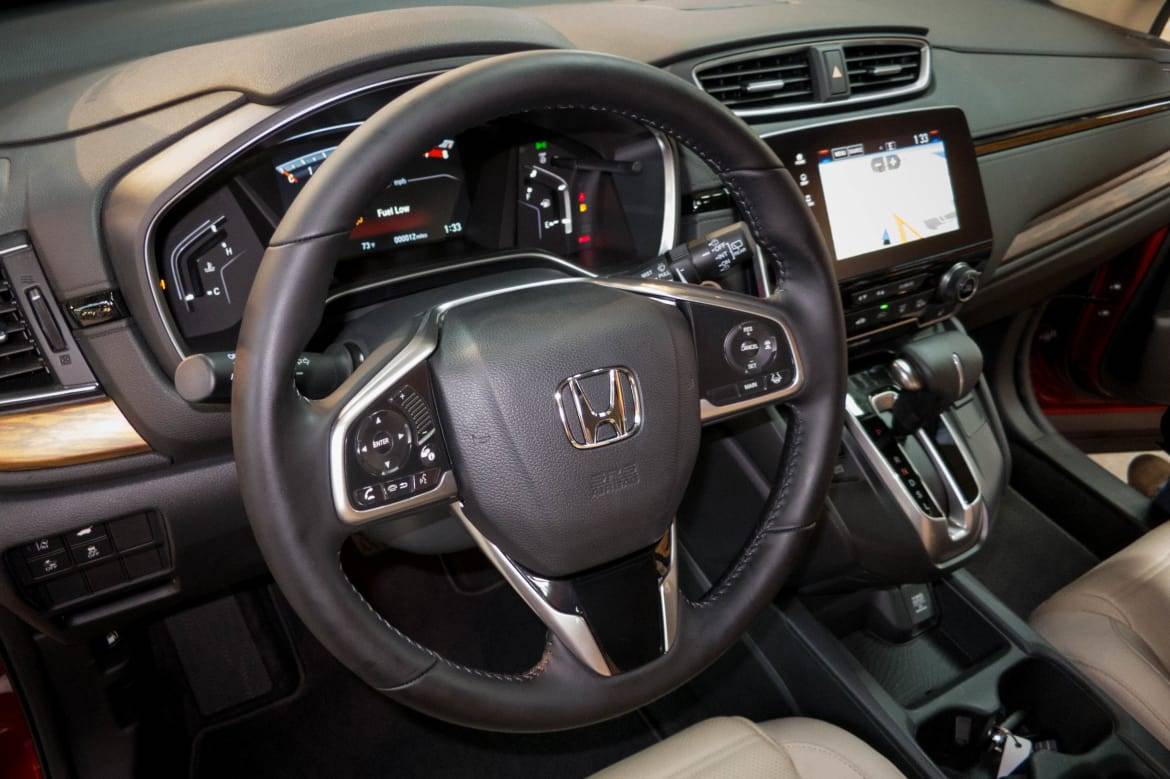
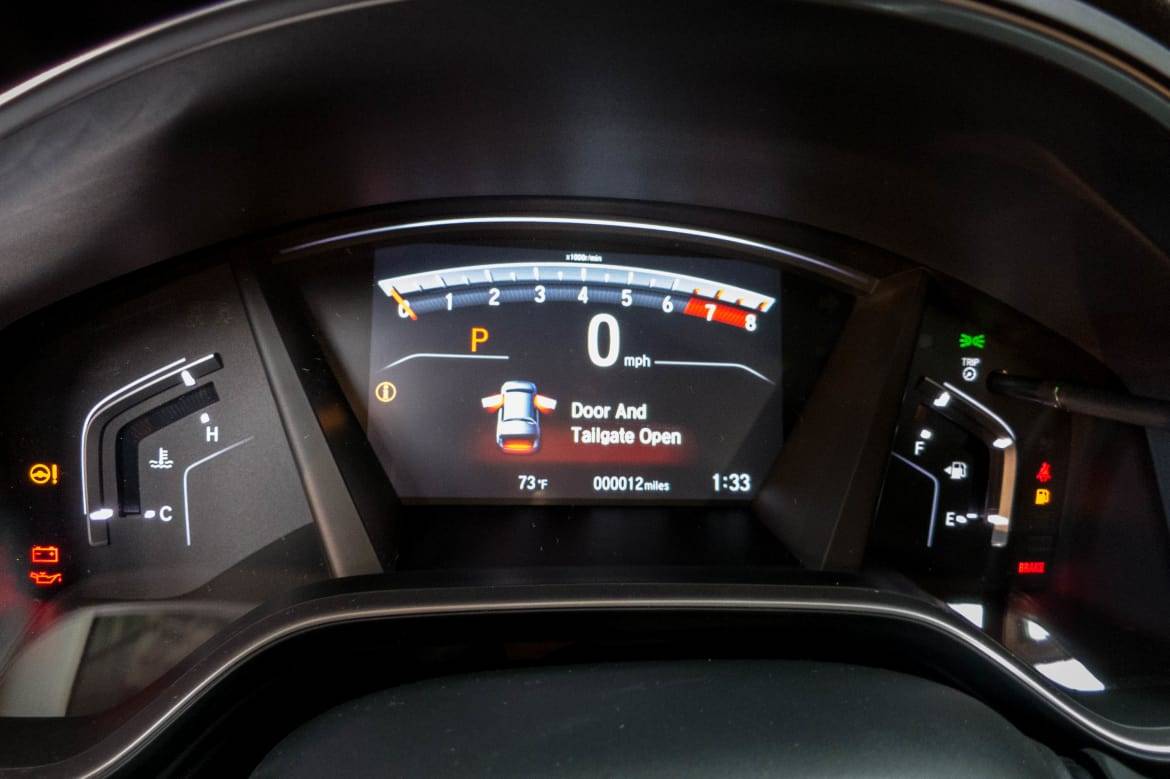
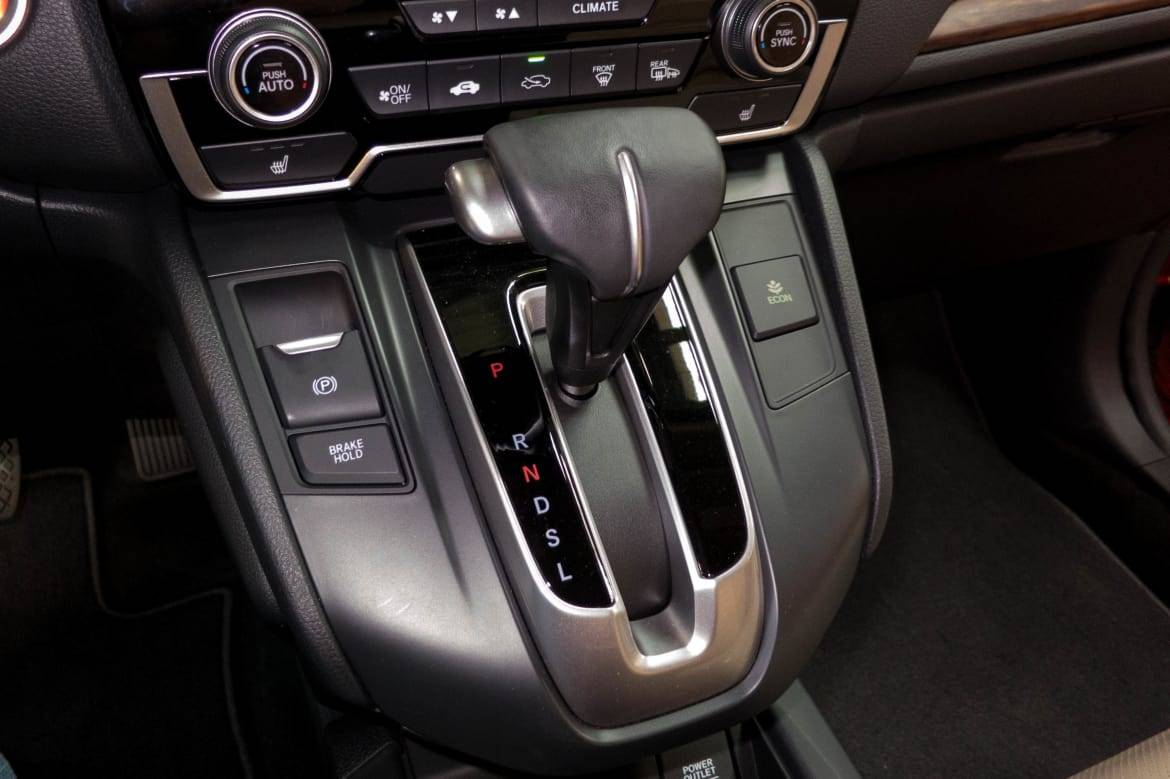
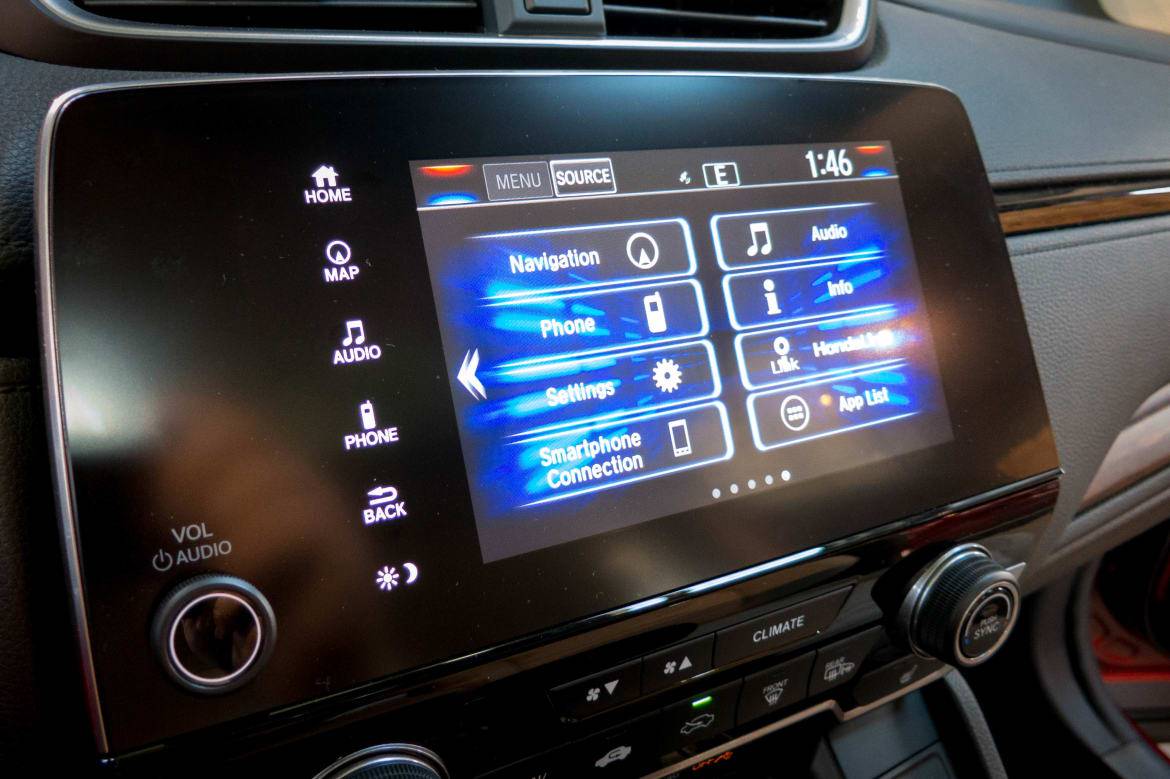
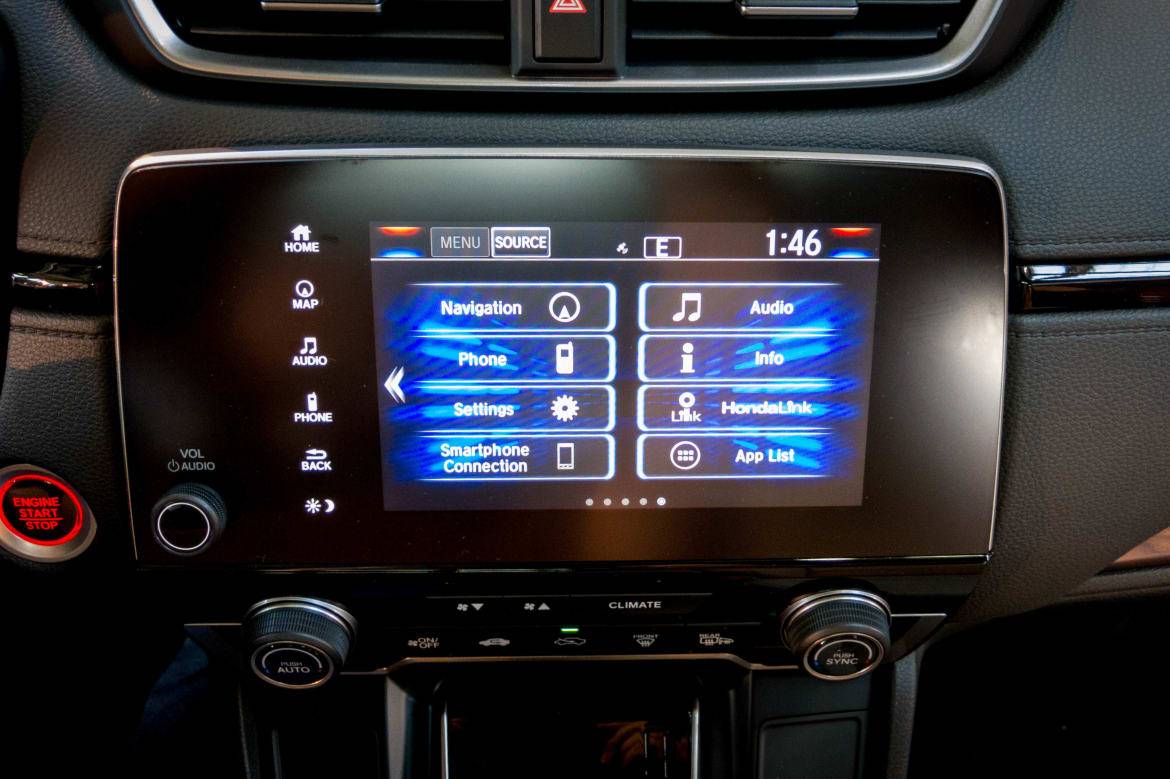
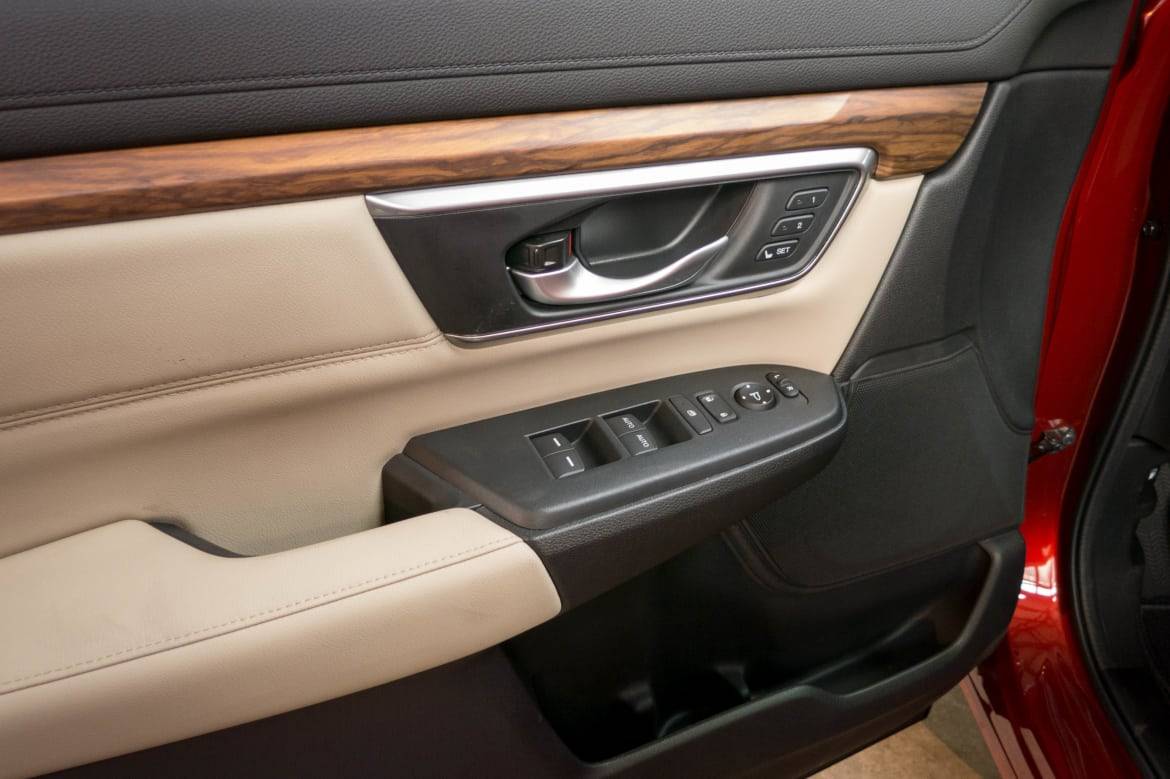
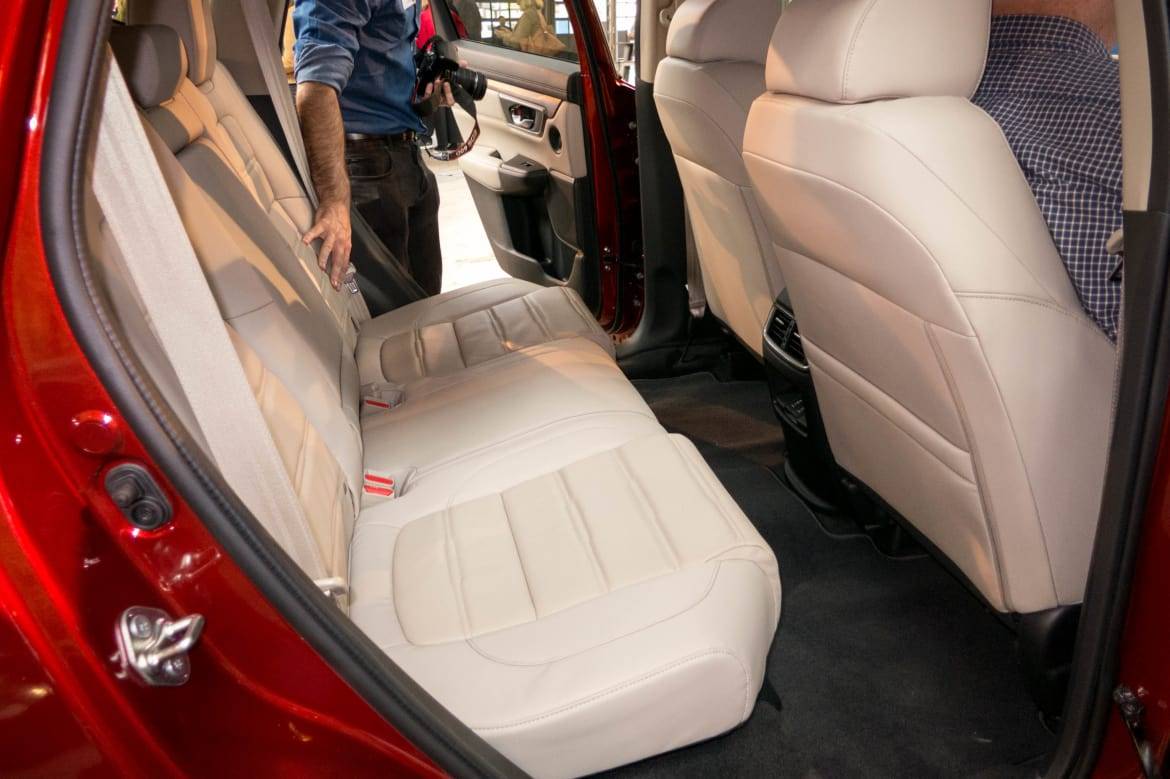
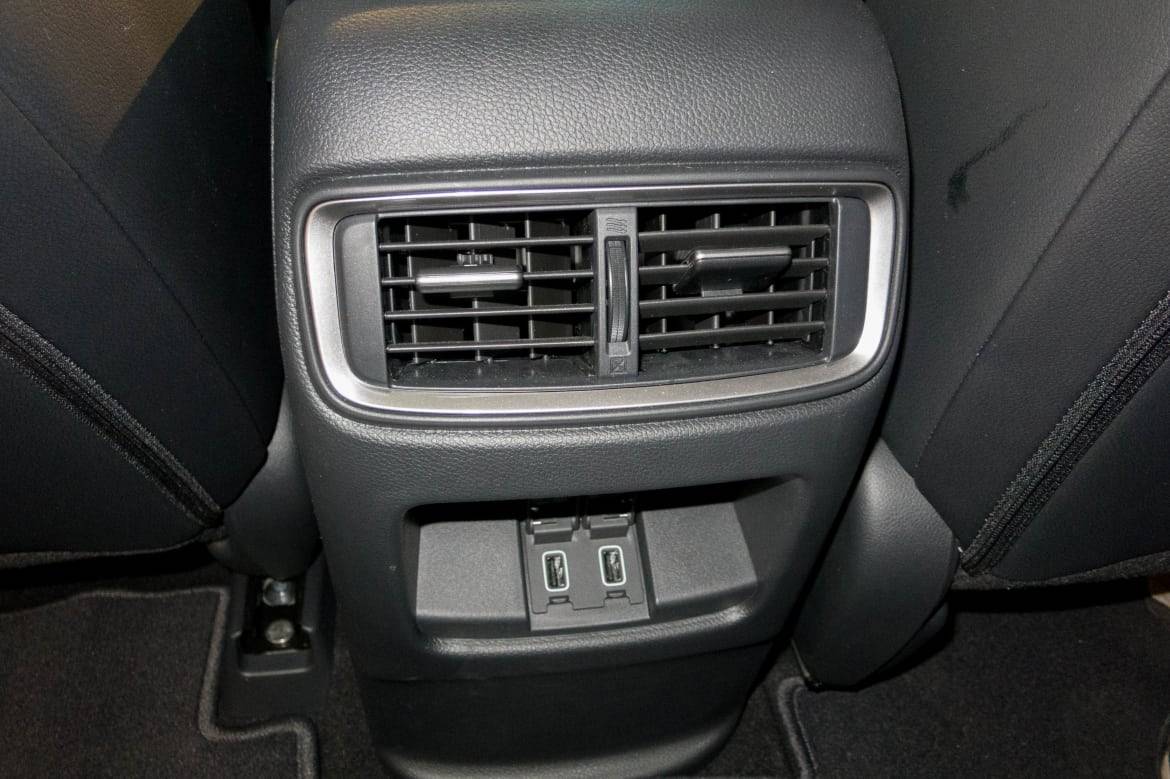
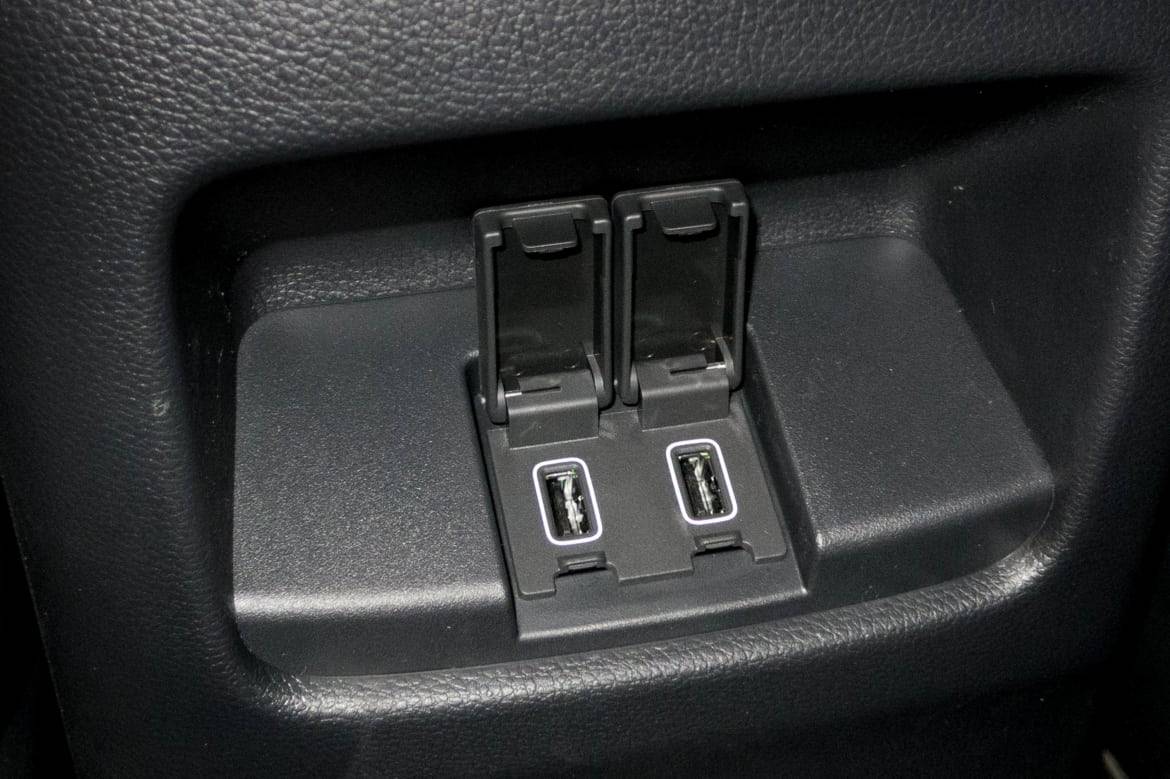
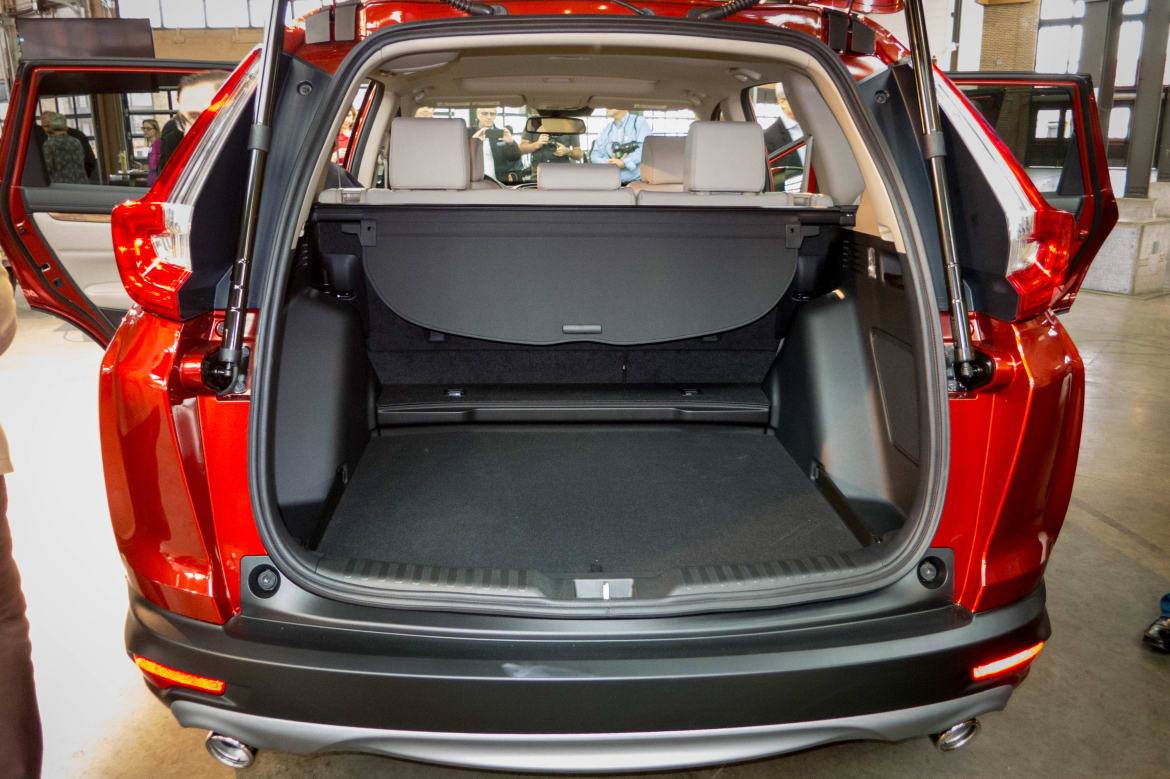
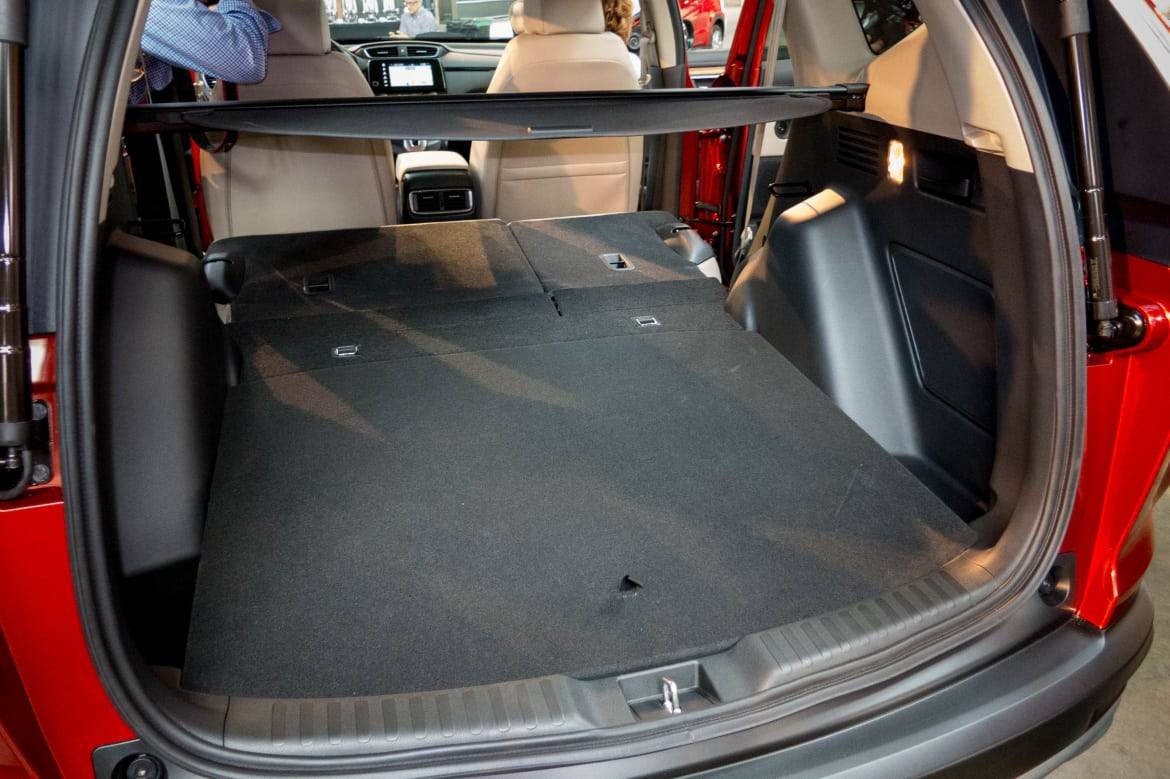

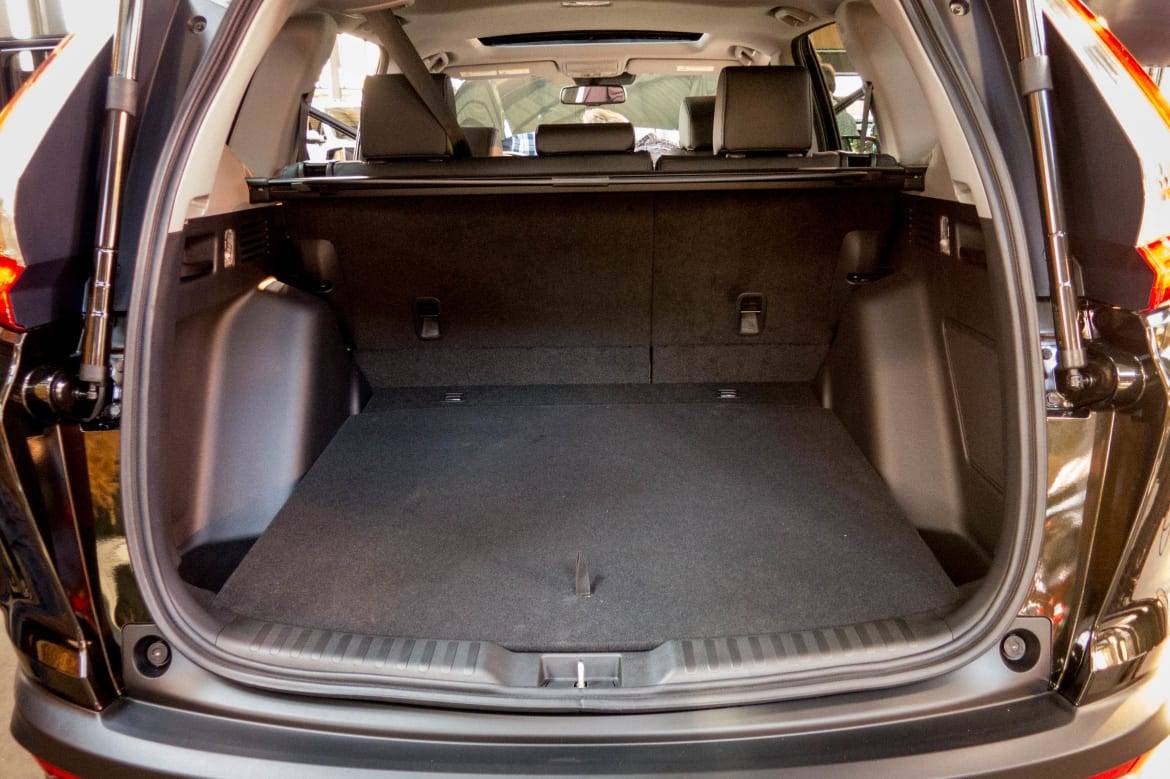

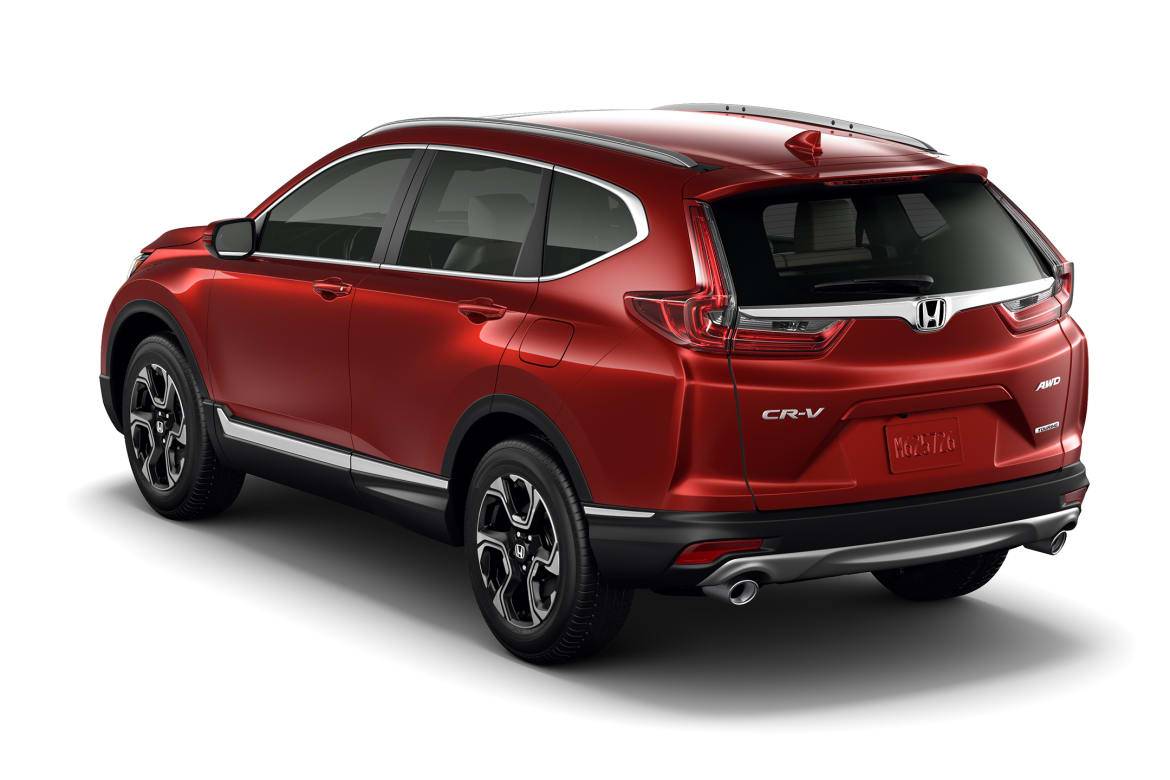
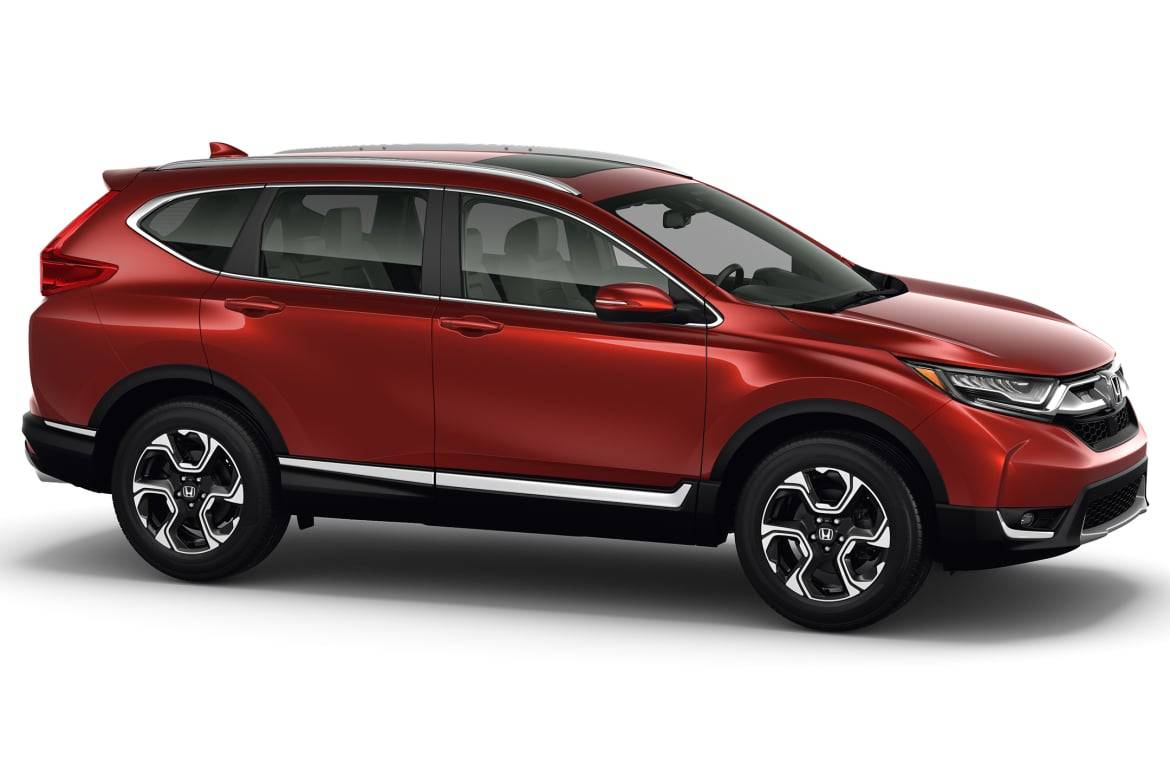
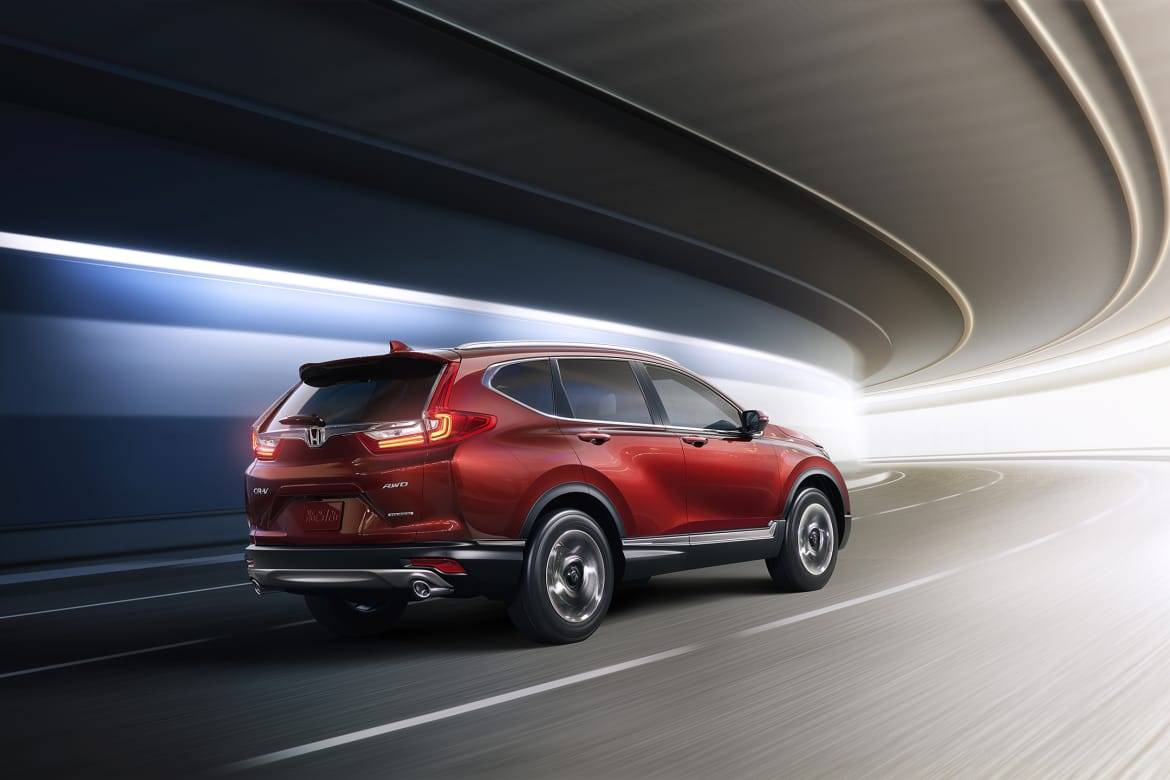
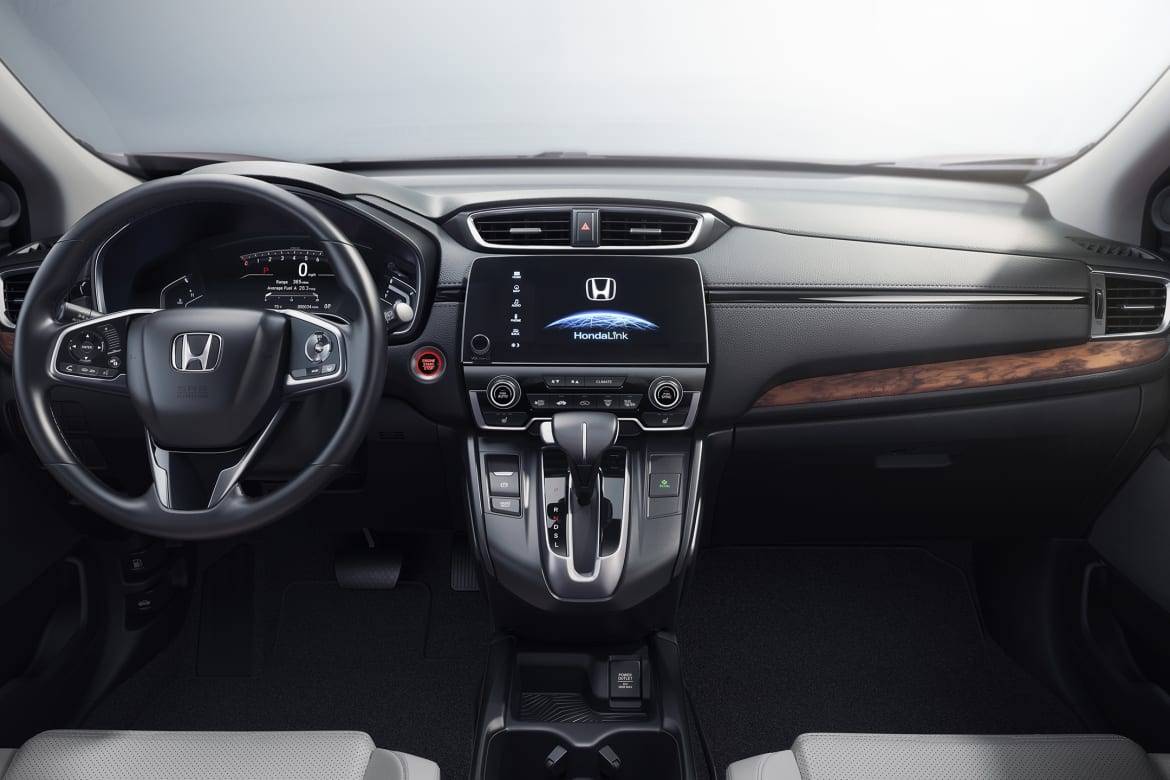
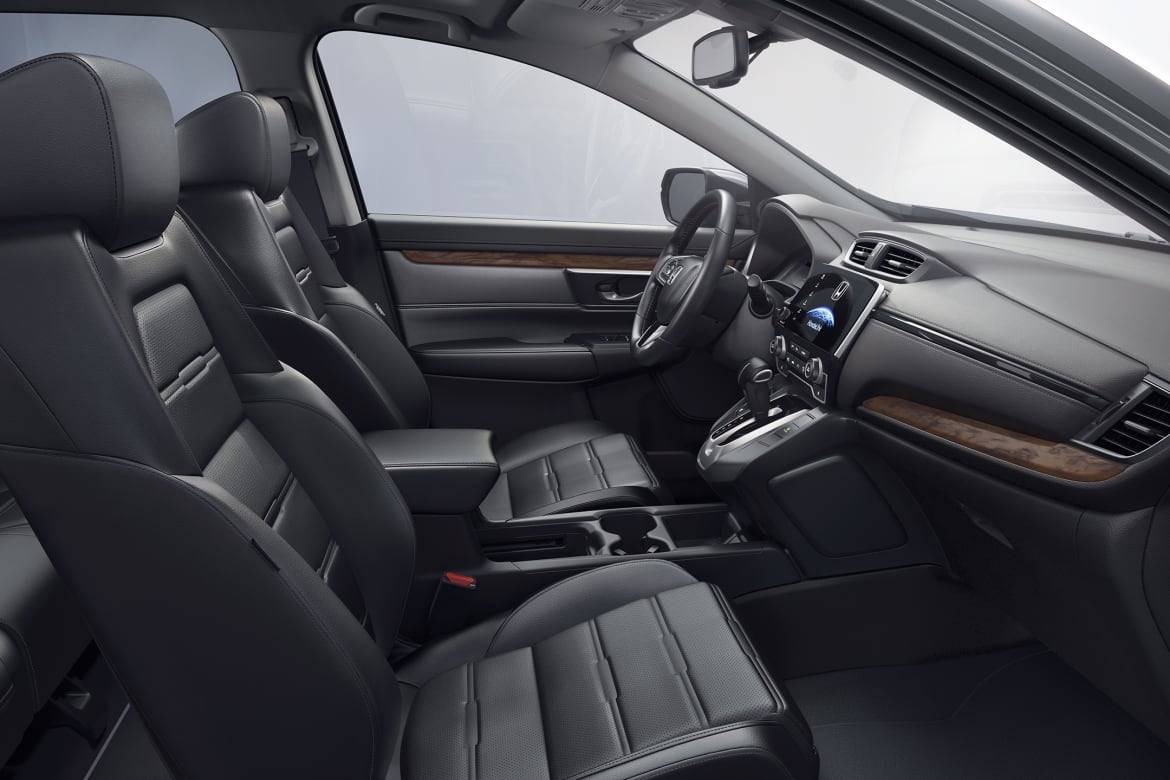
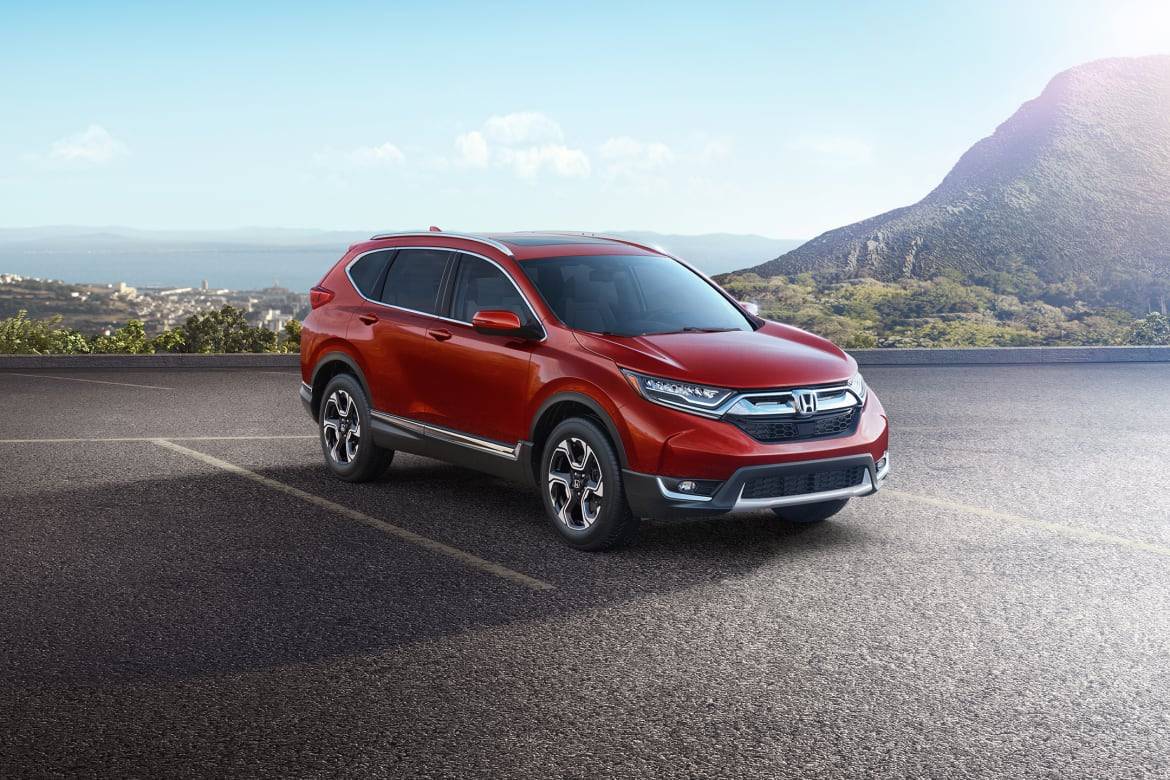
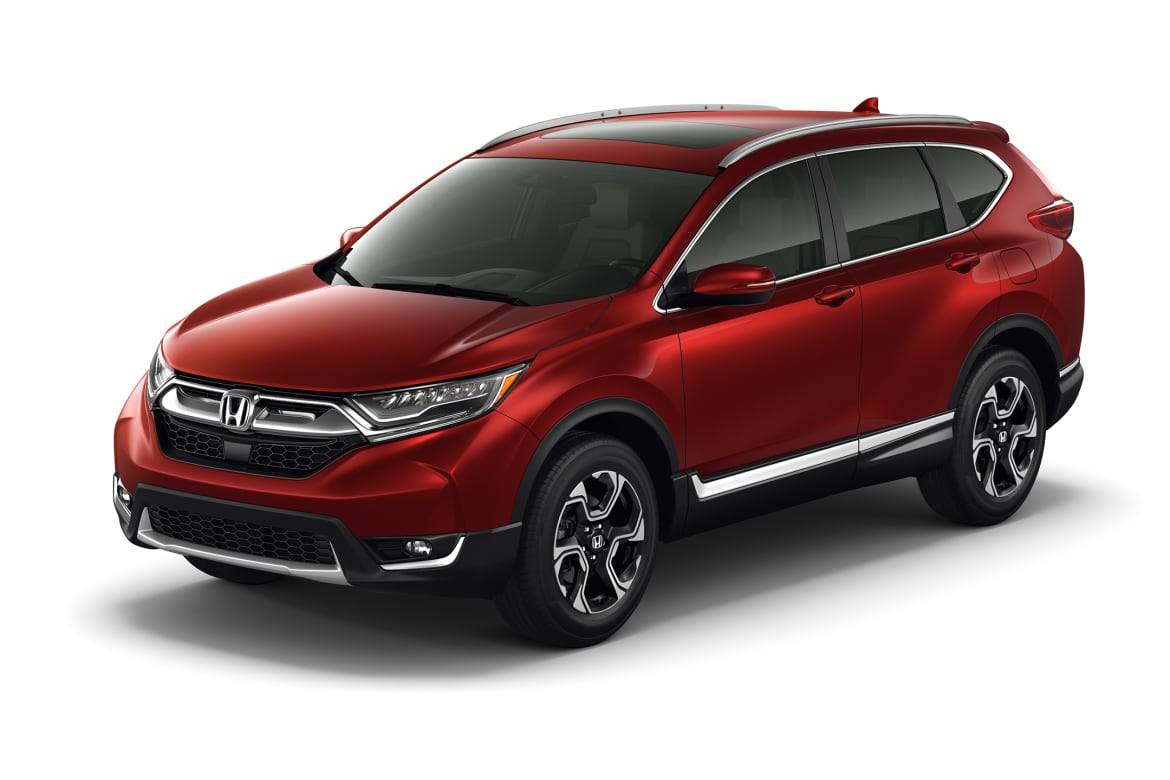




































Editor’s note: This post was updated on Oct. 14 to clarify available options.

Detroit Bureau Chief Aaron Bragman has had over 25 years of experience in the auto industry as a journalist, analyst, purchasing agent and program manager. Bragman grew up around his father’s classic Triumph sports cars (which were all sold and gone when he turned 16, much to his frustration) and comes from a Detroit family where cars put food on tables as much as smiles on faces. Today, he’s a member of the Automotive Press Association and the Midwest Automotive Media Association. His pronouns are he/him, but his adjectives are fat/sassy.
Featured stories

15-Year Car Loans Aren’t a Thing, But Americans Are Getting More Comfortable With Long Loan Terms

2025 Kia Telluride Review: Rougher Roads Ahead







































